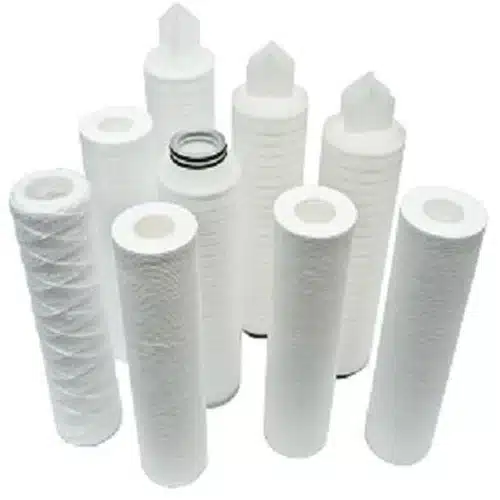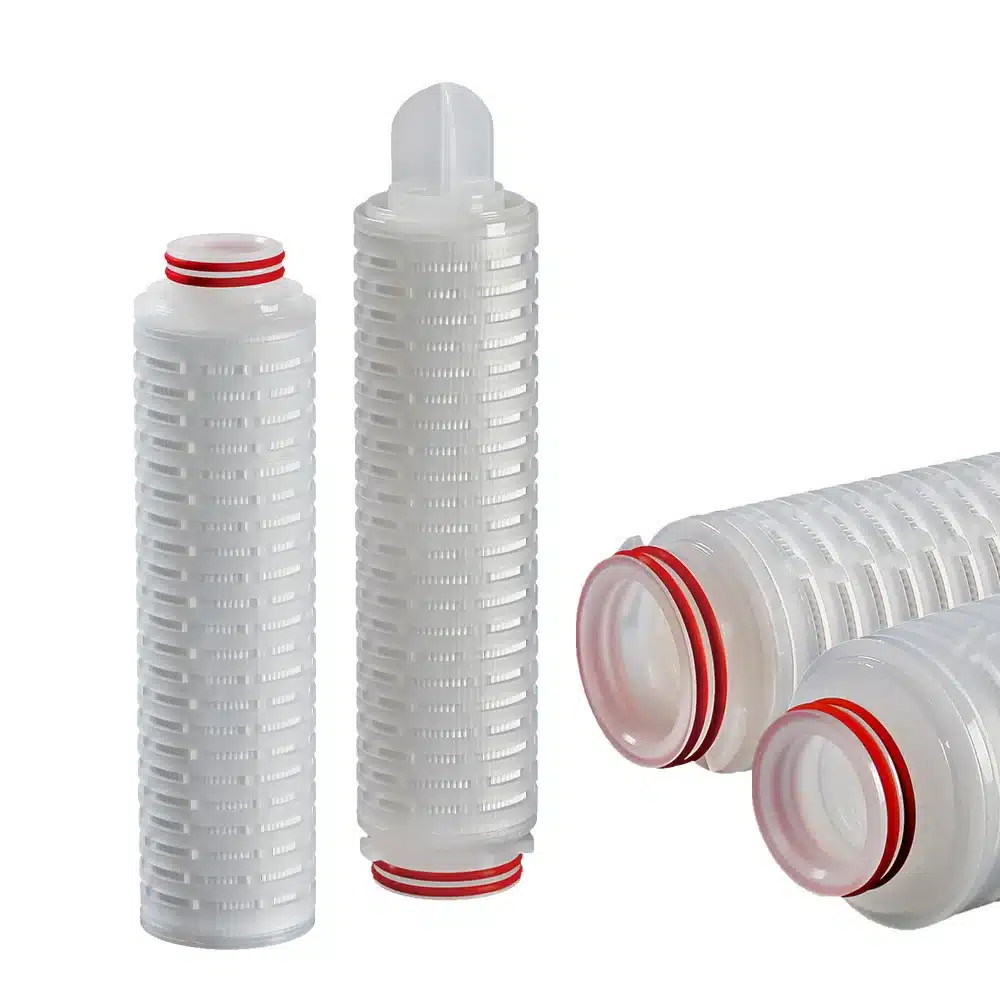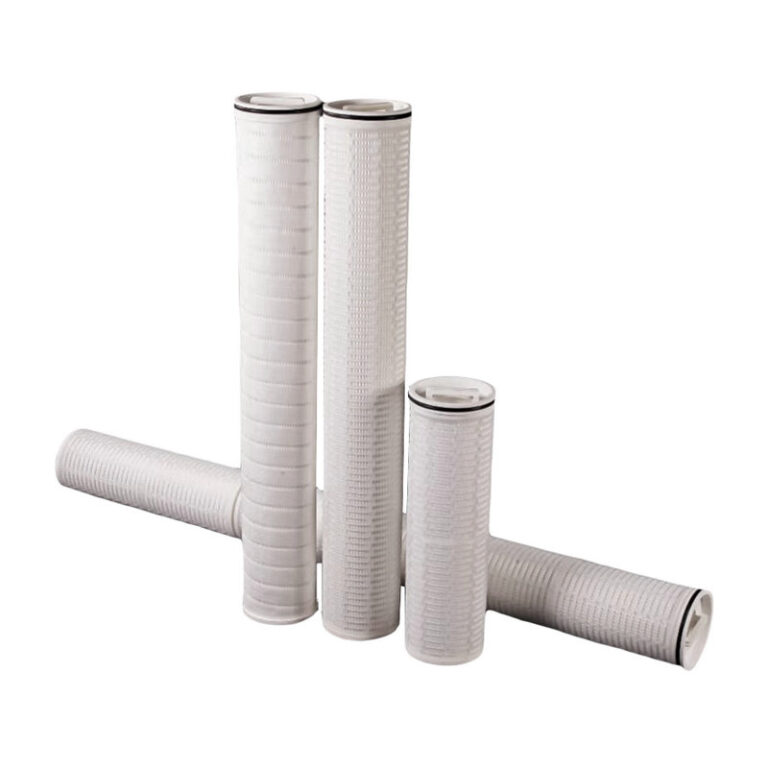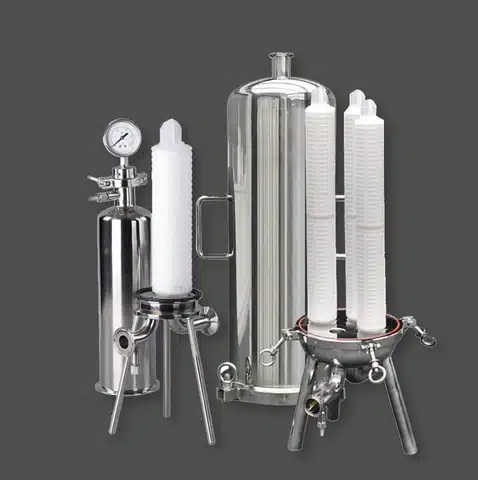Wine Filter Cartridge for Wine Filtration
Wine Filter Cartridge for Wine Filtration – Complete Guide for Winemakers
OVERVIEW
Wine is an art form as much as it is a science, and one of the most important technical steps in the winemaking process is filtration. Filtration ensures clarity, stability, and the preservation of flavor integrity. In modern wineries, the wine filter cartridge is a key tool for achieving these goals efficiently and consistently.
Whether you are a boutique winery producing small batches or a large-scale producer managing thousands of liters per day, the right wine cartridge filter can make the difference between a cloudy, unstable wine and a crystal-clear, shelf-stable masterpiece.
In this comprehensive guide, we will explore how cartridge filter wine systems work, the different types of cartridge wine filter designs, how to choose the right wine cartridge filter housing, and the best practices for maintaining these systems to ensure consistently high-quality wine.
Wine Filter Cartridges Gallery
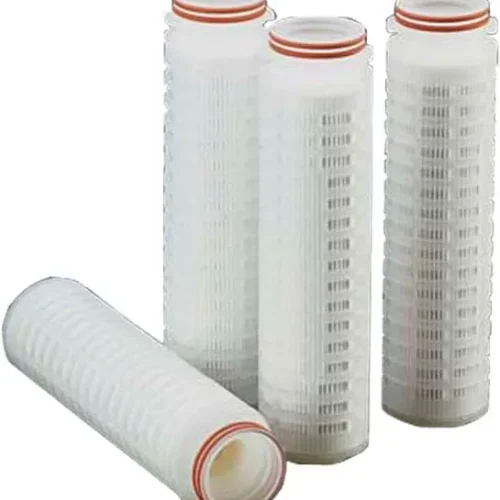
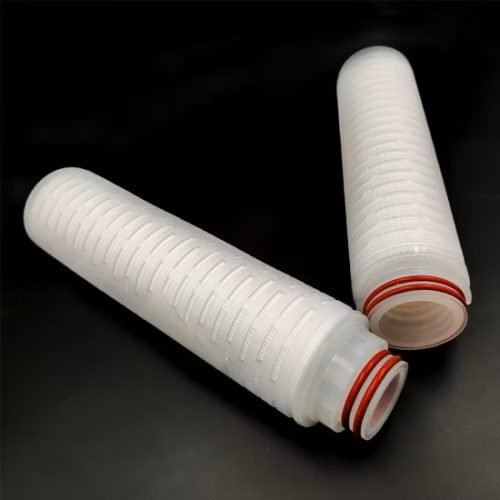
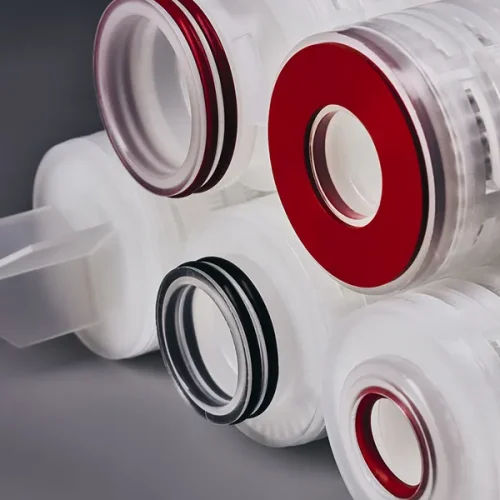

1. The Role of Wine Filtration
Filtration in winemaking serves several essential purposes:
Clarity: Removing visible particulates to create a brilliant, visually appealing wine.
Stability: Preventing unwanted fermentation or spoilage by removing yeast and bacteria.
Consistency: Ensuring every bottle has the same quality and taste profile.
Shelf Life: Extending storage stability for domestic and export markets.
A filter cartridge is often the final step before bottling, ensuring that the wine meets both regulatory and consumer expectations.
2. What is a Wine Filter Cartridge?
Filter cartridge is a cylindrical filtration element placed inside a wine cartridge filter housing. It is designed to trap solids, yeast, bacteria, and other particles while allowing the liquid wine to pass through.
Key features include:
Material: Typically made of food-grade polypropylene, nylon, or PES (polyethersulfone).
Micron Rating: Determines the size of particles removed, ranging from coarse filtration (5–10 microns) to sterile filtration (0.45 microns or smaller).
Structure: Can be pleated for high surface area or depth-type for high dirt-holding capacity.
3. Types of Cartridge Wine Filters
a) Depth Filter Cartridges
Designed to capture particles throughout the thickness of the filter material.
Good for heavy sediment removal in unfiltered wine.
Commonly used for pre-filtration before fine or sterile filtration.
b) Pleated Filter Cartridges
Made with folds to increase surface area.
Offers high flow rates and lower pressure drops.
Ideal for final filtration before bottling.
c) Membrane Filter Cartridges
Designed for sterile filtration to remove yeast and bacteria.
Typically 0.45 micron or smaller pore size.
Common in white and rosé wine production where clarity and microbial stability are essential.
4. Understanding Micron Ratings
The micron rating determines the size of particles a wine cartridge filter can remove:
10 Microns: Coarse filtration, removing large particulates.
5 Microns: Fine filtration for general clarity improvement.
1 Micron: Very fine filtration, removing haze-forming particles.
0.65–0.45 Microns: Sterile filtration to remove yeast and most bacteria.
Choosing the right micron rating is essential to achieve the desired clarity and stability without stripping wine of its flavor and character.
5. Wine Cartridge Filter Housing
The wine cartridge filter housing is the vessel that holds the filter cartridge securely in place during filtration.
Key considerations when choosing a housing:
Material: Stainless steel is common for wineries due to durability and ease of sanitation.
Size: Must match the length and diameter of the cartridge filter.
Pressure Rating: Ensures safety during filtration under varying flow conditions.
Ease of Cleaning: Sanitary design allows for quick disassembly and cleaning between batches.
High-quality wine cartridge filter housing ensures proper sealing, preventing bypass and maintaining filtration integrity.
6. The Filtration Process Step-by-Step
Pre-Filtration: Removes heavy sediments using depth cartridges (10–5 micron).
Polishing Filtration: Improves clarity and brightness (1 micron).
Sterile Filtration: Removes microbial contaminants before bottling (0.45 micron).
By combining different cartridge wine filter types in sequence, winemakers can achieve both clarity and microbial stability without over-filtering the wine.
7. Benefits of Using Wine Filter Cartridges
Improved Clarity: Enhances visual appeal in the glass.
Microbial Stability: Prevents spoilage during storage and transport.
Consistency: Ensures each batch meets the same quality standards.
Efficiency: Pleated cartridges offer high flow rates, reducing filtration time.
Flexibility: Available in multiple micron ratings and materials to suit different wine types.
8. Choosing the Right Cartridge Filter Wine System
To select the right cartridge wine filter setup, consider:
Type of Wine: Red wines may require less sterile filtration than white or sparkling wines.
Production Volume: Larger wineries may need multi-cartridge housings for high throughput.
Desired Clarity: Premium wines may benefit from finer filtration for a polished appearance.
Budget & Maintenance: Balance initial cost with cartridge longevity and cleaning requirements.
9. Maintenance of Cartridge Filters
Proper maintenance ensures your wine cartridge filter performs at peak efficiency and maintains wine quality. Neglecting this step can result in clogged cartridges, reduced flow rates, or microbial contamination.
a) Cleaning Procedures
Rinsing: After each filtration session, rinse the cartridge with clean, warm water to remove residual wine solids.
Sanitization: Use food-grade sanitizers compatible with the cartridge material. This is especially important for sterile membrane cartridges.
Backflushing: For certain pleated cartridges, gentle backflushing can dislodge trapped particles and extend cartridge life.
Drying: Allow cartridges to dry completely before storage to prevent microbial growth.
b) Storage Tips
Store cartridges in a clean, dry, dust-free environment.
Avoid exposure to direct sunlight, which can degrade filter materials.
Label cartridges with the date of first use to track lifespan.
10. Common Problems and Troubleshooting
Even the highest quality cartridge filter wine system can experience issues. Recognizing problems early can prevent costly downtime.
| Problem | Possible Cause | Solution |
|---|---|---|
| Reduced flow rate | Cartridge clogging from heavy sediment load | Perform pre-filtration, replace or clean cartridge |
| Wine bypassing filter | Damaged gasket or improper sealing in wine cartridge filter housing | Inspect seals and replace worn parts |
| Off-flavors after filtration | Incompatible cartridge material or chemical residue | Use certified food-grade cartridges and rinse thoroughly |
| Premature cartridge failure | Excessive pressure or wrong micron rating | Match cartridge specifications to wine and pump settings |
11. Case Studies: Successful Wine Cartridge Filter Applications
Boutique Winery – White Wine Clarity
A small winery in California switched from traditional plate filtration to pleated wine filter cartridges for their Chardonnay. The results:
Reduced filtration time by 40%
Improved brilliance without stripping delicate aromas
Longer shelf life due to sterile bottling
Large-Scale Producer – Red Wine Stability
A French winery producing 1 million bottles annually integrated multi-stage cartridge wine filter systems:
Stage 1: Depth filters (5 micron)
Stage 2: Pleated filters (1 micron)
Stage 3: Membrane filters (0.45 micron)
Outcome:Stable exports to overseas markets
Significant reduction in bottle spoilage complaints
12. Innovations in Wine Filtration
The wine industry is adopting new technologies in wine cartridge filter design:
High-Flow Cartridges – Increased surface area for faster throughput.
Hybrid Media – Combining depth and membrane layers for one-step filtration.
Smart Monitoring Systems – Sensors in wine cartridge filter housings that track flow rates and pressure to signal cartridge replacement.
Eco-Friendly Materials – Recyclable and biodegradable filter media to reduce environmental impact.
13. Wine Cartridge Filter Housing Designs
Wine cartridge filter housing is not a one-size-fits-all component. It comes in different configurations:
Single-Cartridge Housings: Suitable for small wineries or pilot batches.
Multi-Cartridge Housings: Ideal for high-volume production with parallel filtration.
Sanitary Clamps and Connections: Ensure quick assembly and cleaning.
Pressure Gauge Ports: Allow monitoring of filter performance in real-time.
Choosing the right housing impacts not only performance but also ease of maintenance.
14. Integrating Cartridge Filters into Winery Operations
Best practices for integrating cartridge filter wine systems:
Workflow Planning: Position the filtration step after bulk settling and before bottling.
Pre-Filtration: Use coarse filtration upstream to extend the lifespan of fine or sterile filters.
Flow Rate Management: Avoid exceeding the recommended flow rate to prevent channeling.
Record Keeping: Track filtration parameters for each batch to identify trends and optimize future processes.
15. Frequently Asked Questions (FAQs)
Q1: Can I reuse a wine filter cartridge?
Yes, depending on the material and condition. Pleated polypropylene cartridges can often be rinsed and reused multiple times, while membrane cartridges for sterile filtration are typically single-use.
Q2: How do I choose between 0.45 and 0.65 micron for sterile filtration?
0.45 micron is preferred for absolute microbial removal. 0.65 micron can be suitable for wines with lower microbial risk or for intermediate filtration.
Q3: Is stainless steel wine cartridge filter housing worth the investment?
Yes. Stainless steel housings offer durability, easy sanitation, and long-term cost savings, especially for high-volume wineries.
Q4: Can cartridge filters affect wine taste?
When using certified food-grade cartridges, taste impact is minimal. Over-filtration, however, can reduce aroma complexity.
Q5: How often should I replace a wine cartridge filter?
It depends on wine clarity, production volume, and cartridge type. Some wineries replace after each batch, while others use them for multiple runs with proper cleaning.
16. Best Practices Summary
Always match cartridge material to wine type and processing conditions.
Use multi-stage filtration to maximize clarity and stability without excessive cost.
Regularly inspect wine cartridge filter housing for damage or wear.
Keep spare cartridges on hand to prevent downtime during peak production.
Train staff on proper installation and maintenance procedures.
17. Final Thoughts
A high-quality wine filter cartridge is more than just a consumable item—it’s an investment in product quality, brand reputation, and operational efficiency. By selecting the right cartridge wine filter, pairing it with an appropriate wine cartridge filter housing, and following industry best practices, winemakers can consistently produce wines that meet consumer expectations for clarity, taste, and stability.
Whether you’re clarifying a delicate Sauvignon Blanc or ensuring microbial stability in a bold Cabernet Sauvignon, the right wine cartridge filter can make the process faster, cleaner, and more reliable.

